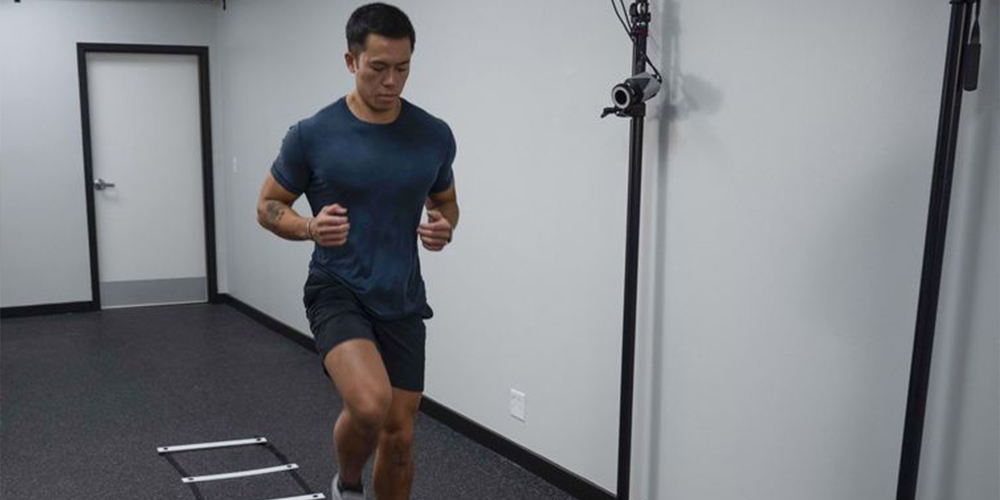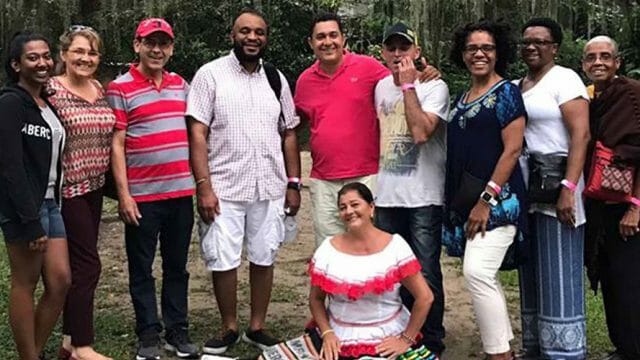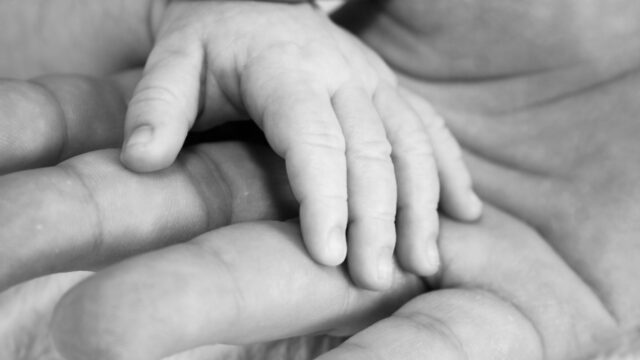“Findings will drive changes in assessing and treating patients,” Loma Linda researchers say.

Findings by Loma Linda University researchers on lateral ankle sprains have been included in two new clinical practice guidelines established by the American Physical Therapy Association (APTA).
Researchers from the Physical Therapy department of Loma Linda University School of Allied Health Professions in Loma Linda, California, United States, identified an alternative approach to help clinicians examine and treat patients with chronic lateral ankle sprains and instability. They found that muscular impairments in the hip are associated with abnormal movement patterns in those individuals with chronic ankle sprains. Based on their study results, researchers recommend clinicians include hip muscle performance in the assessment protocol and support interventions, with a special focus on the inclusion of hip muscles when treating patients with chronic ankle sprains.
The study, “Neuromuscular Control of Ankle and Hip During Performance of the Star Excursion Balance Test in Subjects With and Without Chronic Ankle Instability,” appeared in the Journal of Sports and Orthopaedic Physical Therapy (JSOPT), the APTA’s flagship journal on evidence-based practice.
Everett Lohman III, director of the Orthoscience and Motion Capture Research Laboratory at the School of Allied Health Professions and co-author of the study, said evidence-based practice helps protect the consumer and strengthens and advances the profession of physical therapy.
“We are very pleased that our first study using the Motion Capture Research Laboratory will have a national impact within the field of physical therapy,” Lohman said. “Our findings will drive changes in assessing and treating patients with lateral ankle sprains and chronic ankle instability.”
The study was referred to five times in the April 2021 edition of JOSPT’s article, “Physical Therapy After an Ankle Sprain: Using the Evidence to Guide Physical Therapist Practice,” and was foundational for two of the new 2021 recommendations. In addition, the findings were used to make further recommendations for the new “Perspective for Practice” and “Perspective for Patients” sections in APTA publications.
Researchers conducted the two studies in LLU’s new, state-of-the-art Motion Capture Research Laboratory, which uses force-plate technology motion to assess static and dynamic balance, gait, jumping to assess strength, joint reposition, and movement detection.
The original version of this story was posted on the Loma Linda University Health news site.








